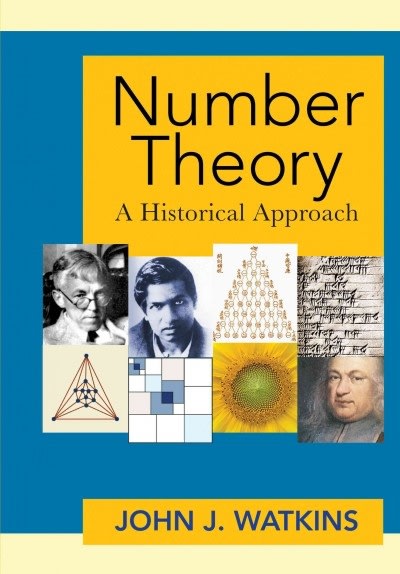Question
Scores in the first and fourth (final) rounds for a sample of 20 golfers who competed in golf tournaments are shown in the following table.
Scores in the first and fourth (final) rounds for a sample of 20 golfers who competed in golf tournaments are shown in the following table.
| Player | First Round | Final Round |
|---|---|---|
| Golfer 1 | 70 | 72 |
| Golfer 2 | 71 | 72 |
| Golfer 3 | 70 | 73 |
| Golfer 4 | 72 | 71 |
| Golfer 5 | 70 | 69 |
| Golfer 6 | 67 | 67 |
| Golfer 7 | 71 | 67 |
| Golfer 8 | 68 | 75 |
| Golfer 9 | 67 | 71 |
| Golfer 10 | 70 | 69 |
| Player | First Round | Final Round |
|---|---|---|
| Golfer 11 | 72 | 72 |
| Golfer 12 | 72 | 70 |
| Golfer 13 | 70 | 73 |
| Golfer 14 | 70 | 76 |
| Golfer 15 | 68 | 70 |
| Golfer 16 | 68 | 66 |
| Golfer 17 | 71 | 70 |
| Golfer 18 | 70 | 68 |
| Golfer 19 | 69 | 68 |
| Golfer 20 | 67 | 71 |
Suppose you would like to determine if the mean score for the first round of a golf tournament event is significantly different than the mean score for the fourth and final round. Does the pressure of playing in the final round cause scores to go up? Or does the increased player concentration cause scores to come down?(a)Use
= 0.10
to test for a statistically significantly difference between the population means for first- and fourth-round scores.
Calculate the value of the test statistic. (Round your answer to three decimal places.) Calculate the p-value. (Round your answer to four decimal places.)
Step by Step Solution
There are 3 Steps involved in it
Step: 1

Get Instant Access to Expert-Tailored Solutions
See step-by-step solutions with expert insights and AI powered tools for academic success
Step: 2

Step: 3

Ace Your Homework with AI
Get the answers you need in no time with our AI-driven, step-by-step assistance
Get Started


